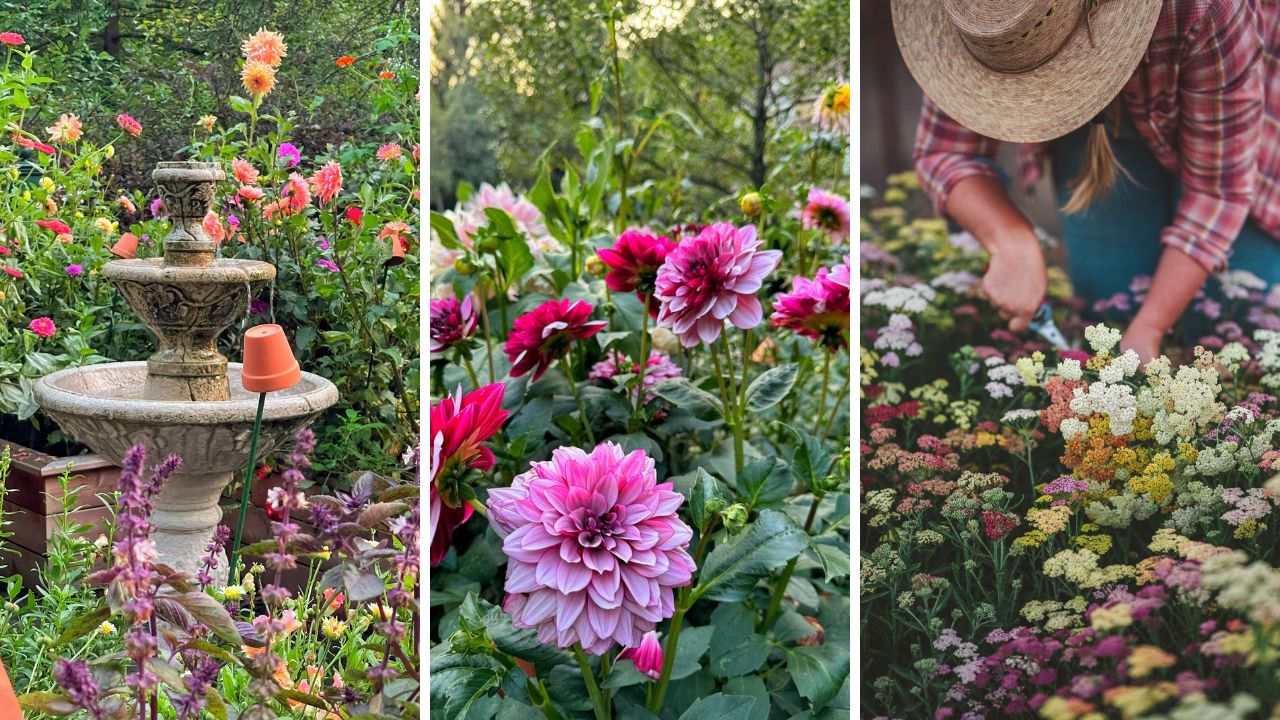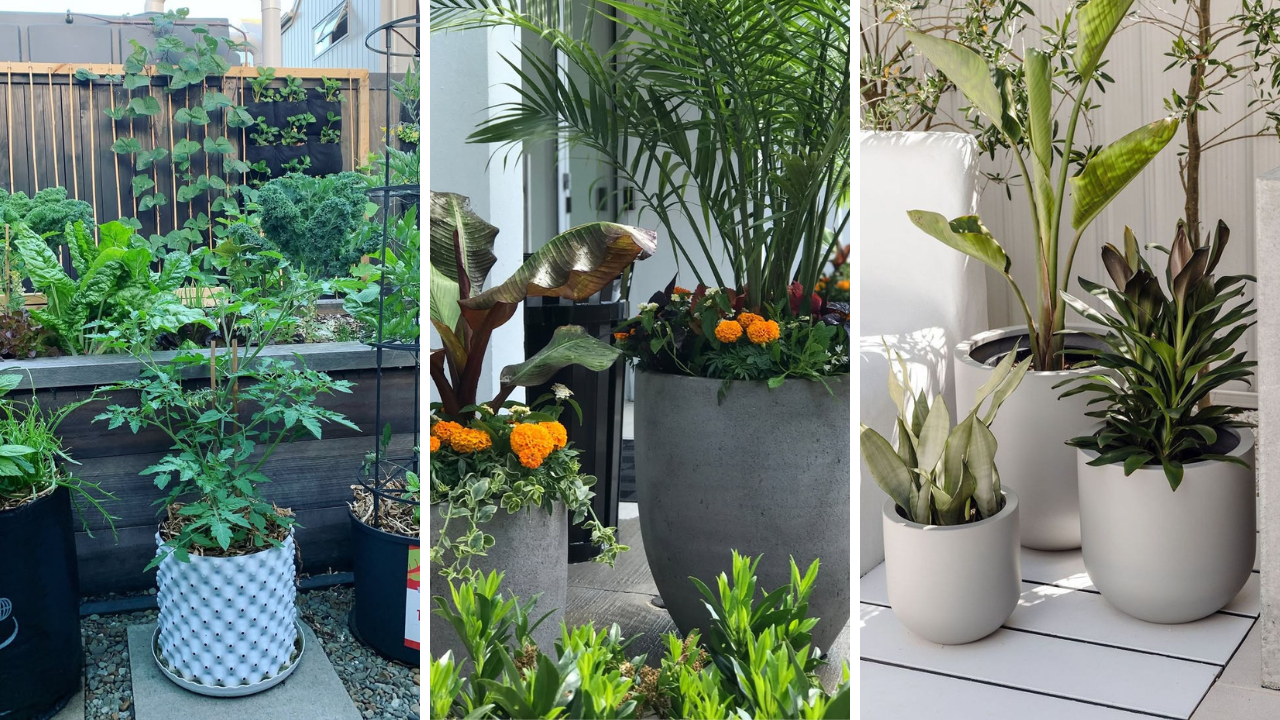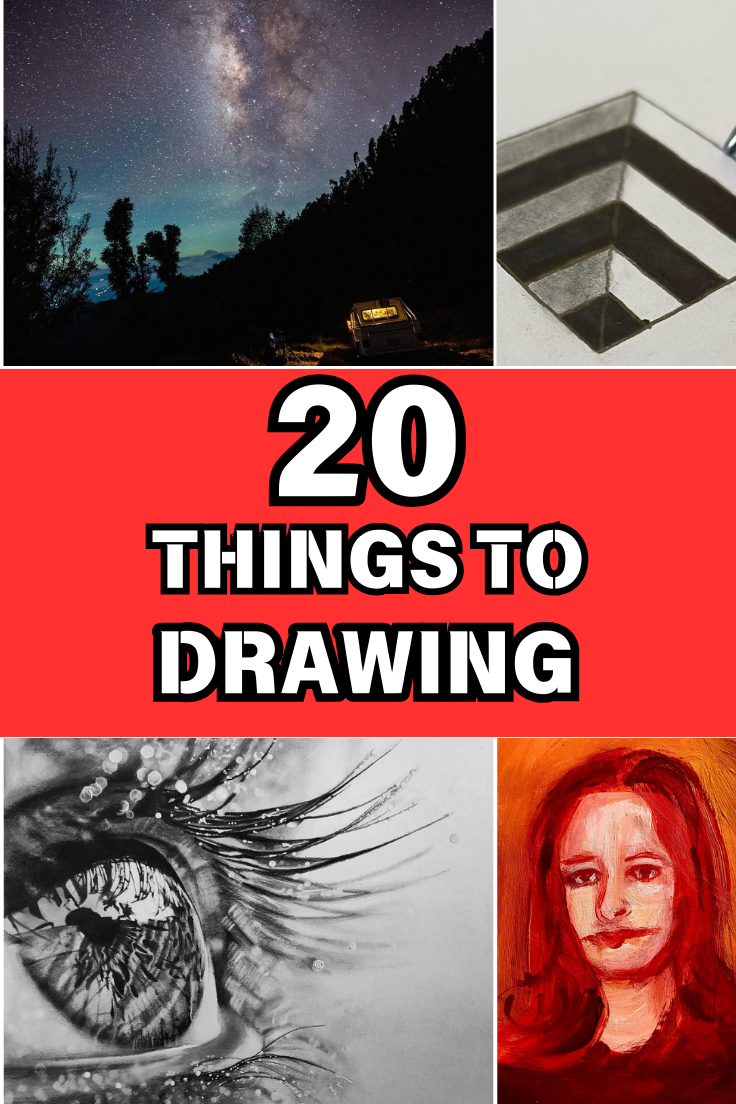
Drawing is one of the most powerful ways to express creativity, relieve stress, and even sharpen problem-solving skills. Whether you are a beginner looking to enhance your artistic abilities or an experienced artist searching for fresh inspiration, there is always something new to explore. The beauty of drawing lies in its ability to turn a blank canvas into an extraordinary piece of art, full of meaning, depth, and wonder. From hyper-realistic sketches to mind-bending illusions, the possibilities are endless. Some drawings test your patience, others stretch your imagination, and many challenge you to see the world from a completely new perspective. The best part? You don’t need expensive supplies to get started—just a sketchbook, a few quality drawing tools, and a passion for creativity. In this list, we will explore 20 incredible things to draw that will blow your mind, each offering a unique challenge to push your artistic skills to the next level. Along the way, we will recommend some must-have products that can help elevate your work and bring your ideas to life. Get ready to be inspired!
1. Hyper-Realistic Eye
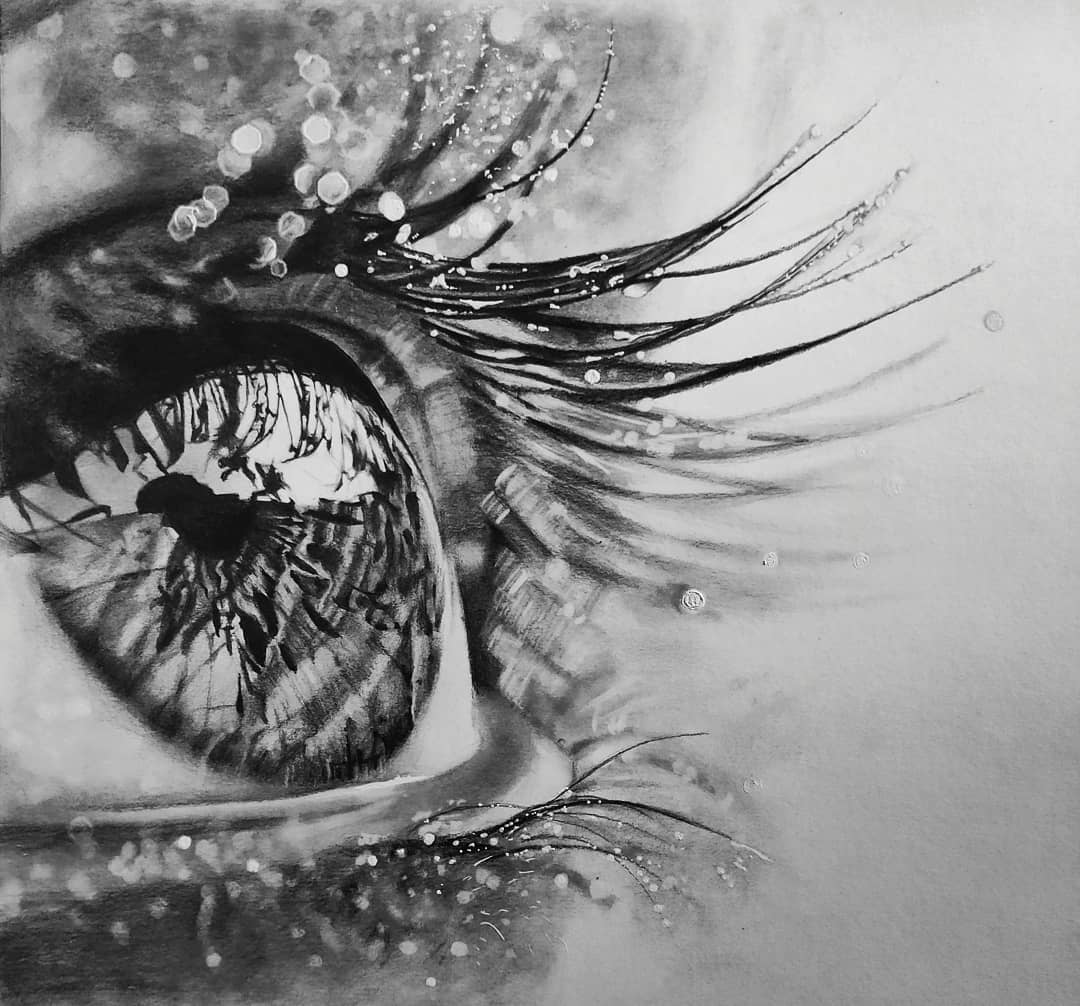
source @chiragverma.arts
Drawing a hyper-realistic eye is a fantastic way to develop your shading, blending, and detailing techniques. The human eye is filled with intricate textures, from the delicate eyelashes to the fine details of the iris. Capturing the reflections of light, the smooth curves of the eyelids, and the wet sheen of the eyeball takes patience, but the result is breathtaking. To achieve this effect, use a range of graphite pencils for shading and a blending stump to smooth out transitions. Adding white highlights with a fine gel pen can create the illusion of a glistening, lifelike eye.
2. Fantasy Landscape
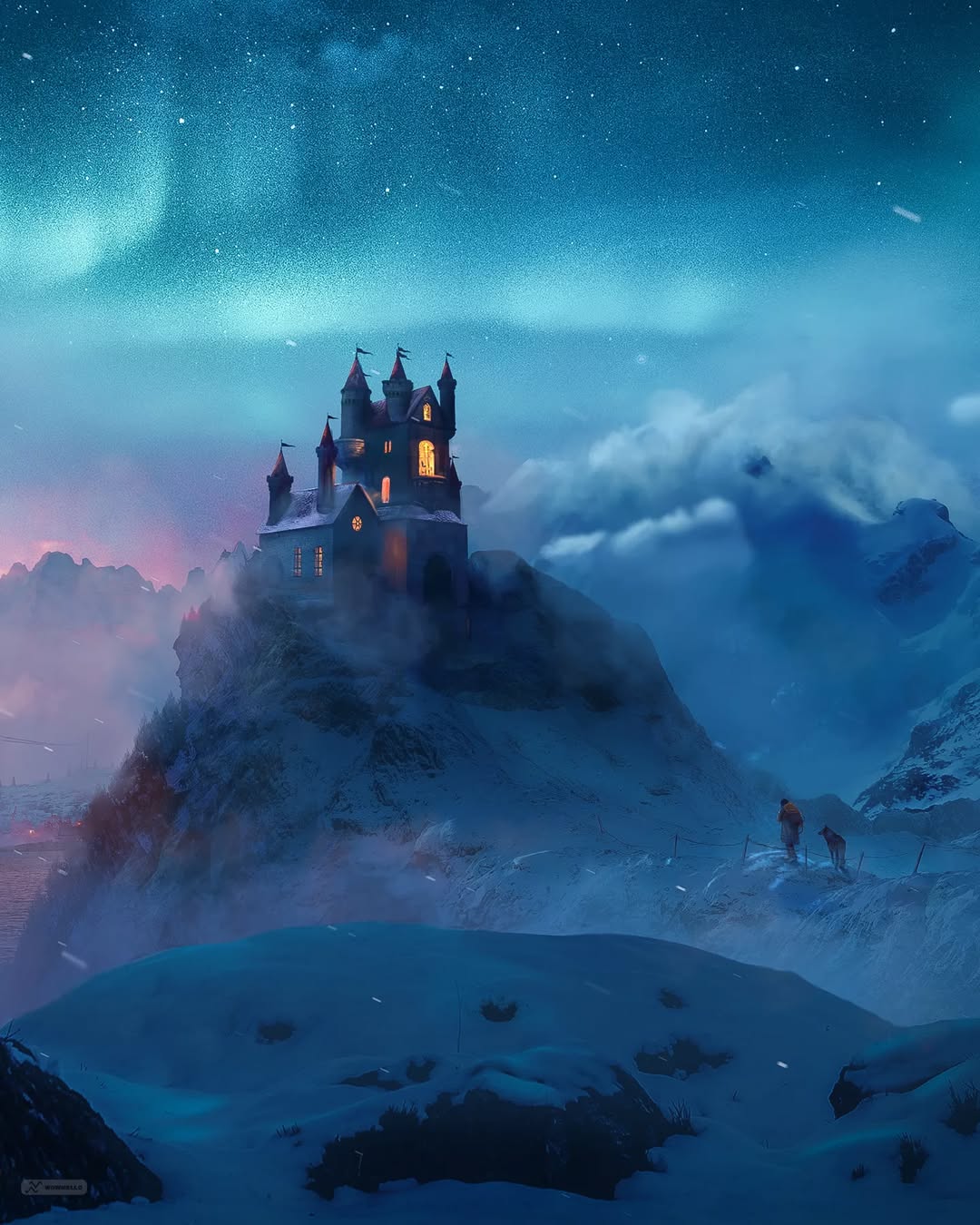
source @wowmello
Why stick to reality when you can create your own magical world? A fantasy landscape allows you to break the rules of nature and design a place straight out of your imagination. Picture floating islands, glowing waterfalls, oversized mushrooms, or a sky filled with two moons. This type of drawing encourages creative thinking and helps you develop a keen eye for depth and perspective. Using colored pencils or watercolor pencils can add vibrancy to the scene, making it even more mesmerizing.
3. A Surreal Self-Portrait
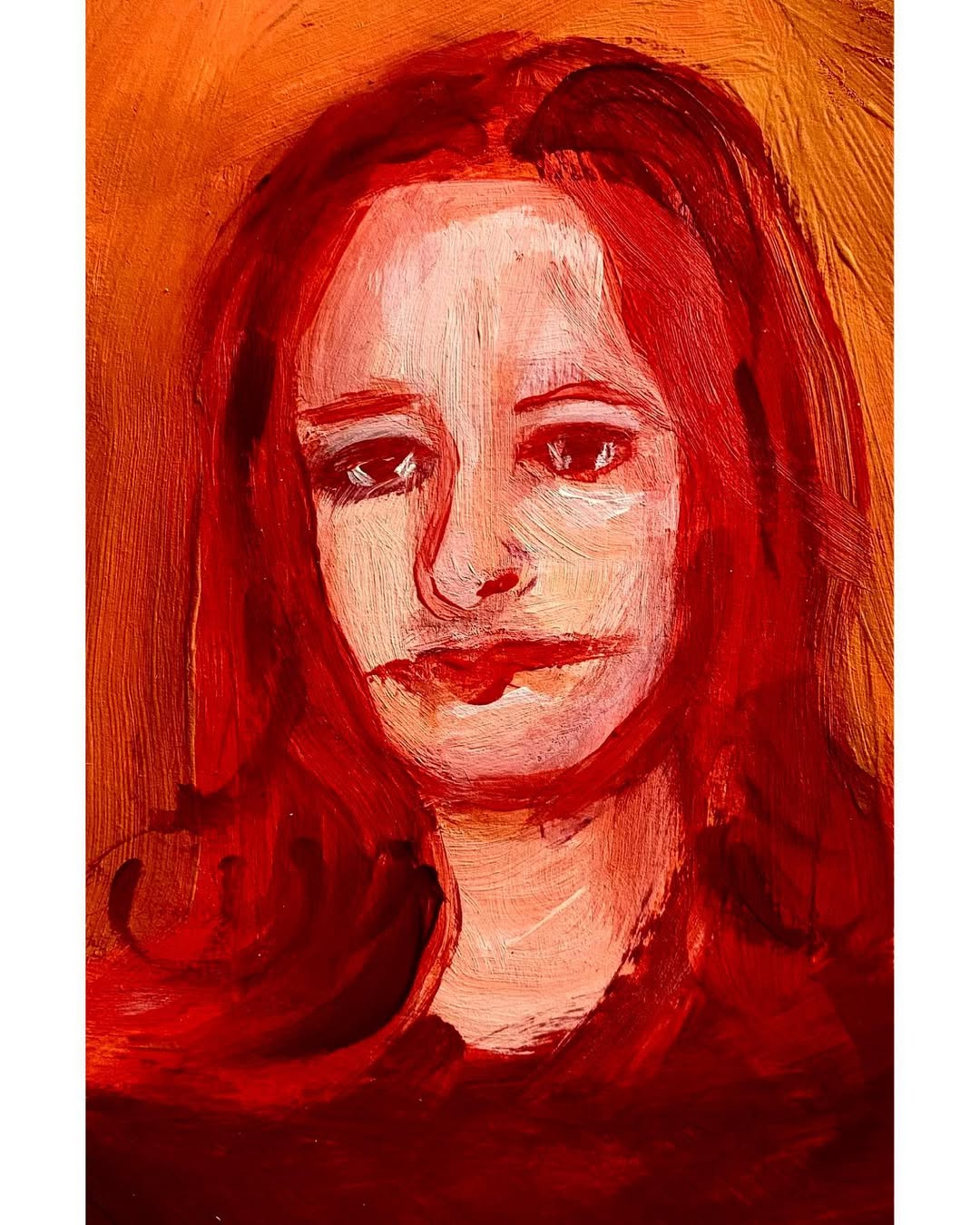
source @lndank_art
A self-portrait is a great way to practice facial proportions, but why not add a surreal twist? Instead of drawing yourself as you appear in the mirror, experiment with exaggeration, distortion, or fantasy elements. Perhaps your hair turns into flowing water, your eyes are replaced by galaxies, or your face is melting like a wax candle. Surreal art allows you to push beyond the boundaries of realism and create something that tells a deeper, more personal story.
4. A Galaxy Scene

source4 @sahilguraya
Few things are as awe-inspiring as the vastness of space. Drawing a galaxy scene filled with nebulae, planets, and swirling cosmic dust can be a mesmerizing experience. Start by layering soft gradients for the background, then use a white gel pen to create twinkling stars. Experiment with blending colors like deep purples, blues, and pinks to achieve the ethereal glow of outer space. This is a great exercise for those looking to improve their color mixing and shading techniques.
5. Optical Illusion Drawing
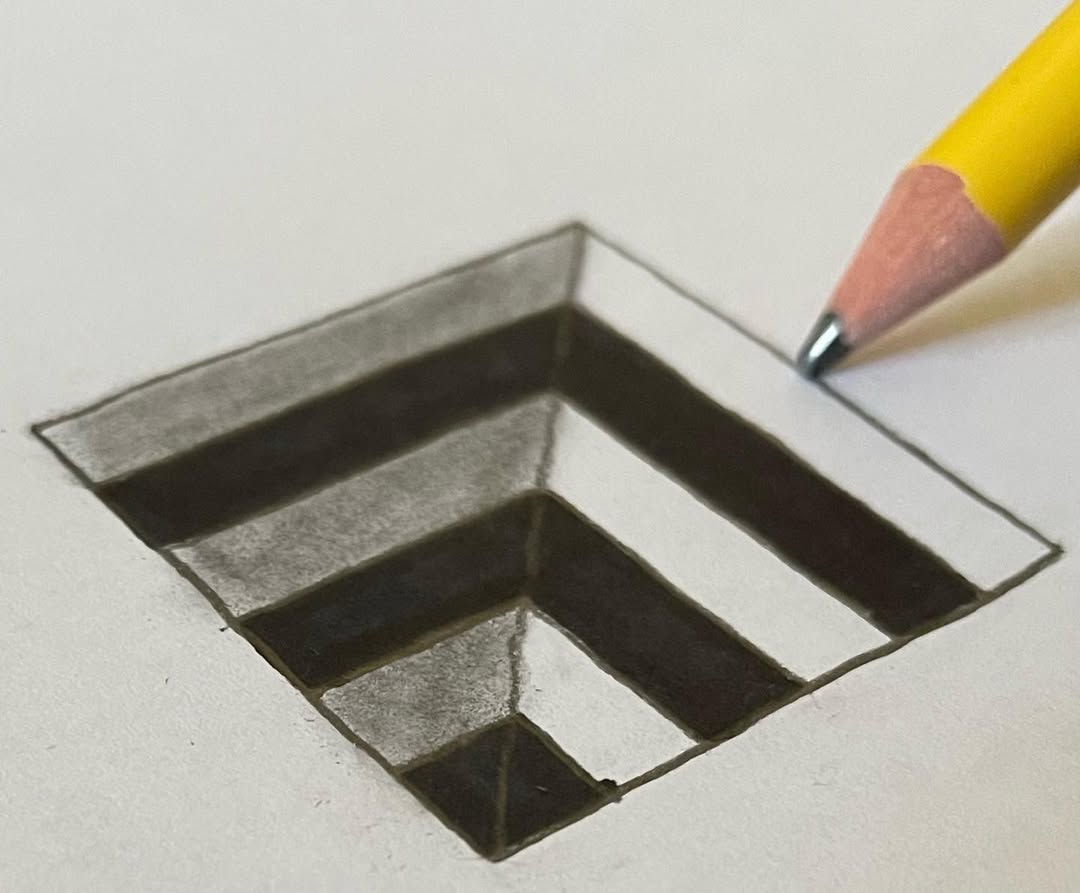
source @crow_the_bird280
Creating an optical illusion in your drawing is a great way to challenge your brain and impress your audience. These types of drawings trick the eye into seeing something that isn’t actually there, such as impossible staircases, floating cubes, or holes that seem to sink into the paper. Mastering optical illusions requires careful planning of angles, shading, and negative space. Graphite pencils and precise erasing techniques play a crucial role in making the illusion believable.
6. Abstract Faces

source @wills_art
Abstract faces allow you to break free from traditional proportions and experiment with bold lines, exaggerated features, and unconventional color choices. Instead of focusing on realistic anatomy, try to express emotions through asymmetry, overlapping shapes, and distorted perspectives. Whether you prefer a Picasso-inspired Cubist approach or a modern geometric style, this type of drawing is a fantastic way to explore different artistic techniques and personal expression.
7. Majestic Wildlife
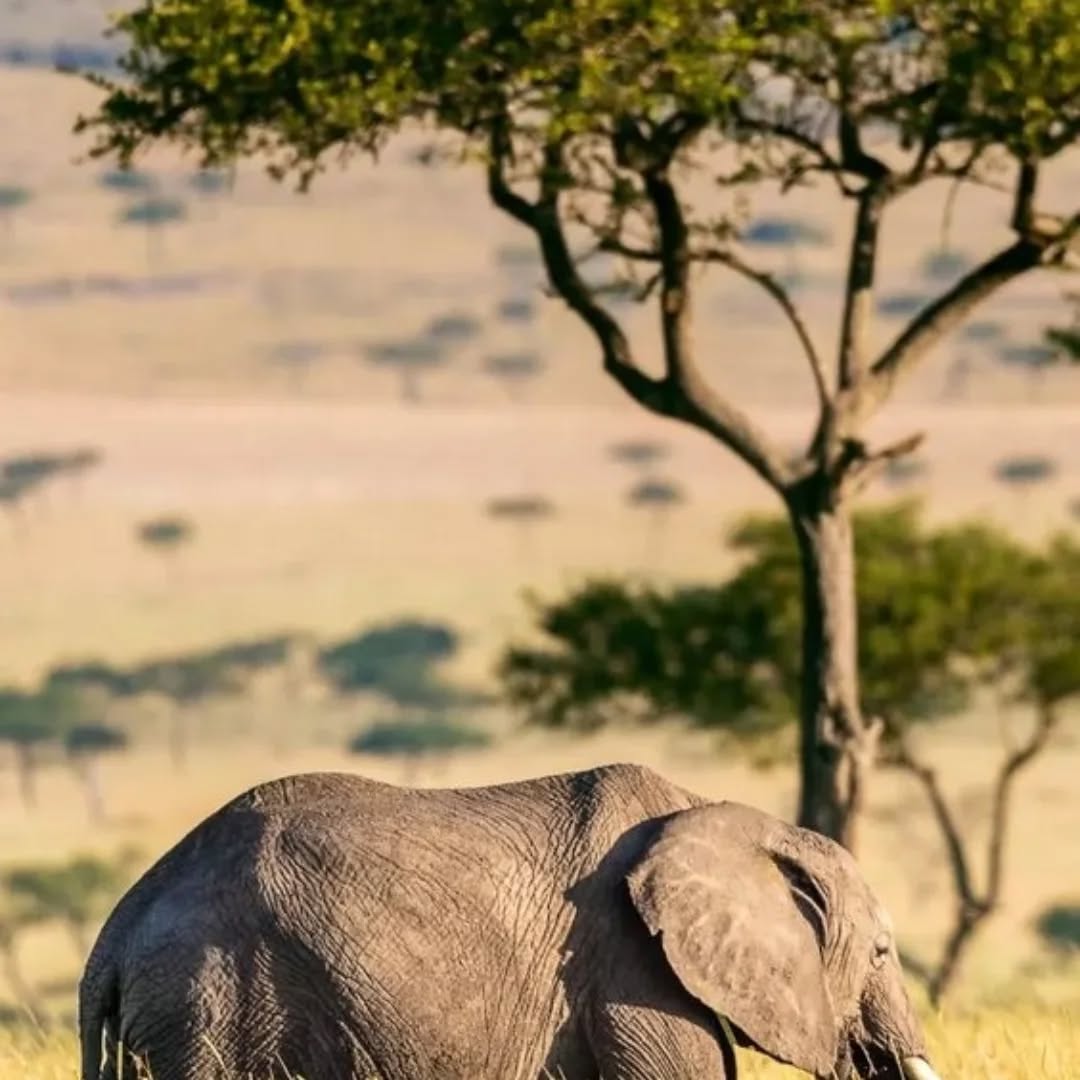
source @wenzitravel
Capturing the beauty of animals on paper is a rewarding challenge that requires attention to detail and a steady hand. Whether it’s the fine texture of a lion’s mane, the delicate feathers of an owl, or the sleek fur of a fox, wildlife drawings teach you how to observe and replicate natural textures. Using a high-quality graphite sketching set will help you achieve realistic shading, while soft blending tools can create depth and dimension.
8. A Detailed Cityscape
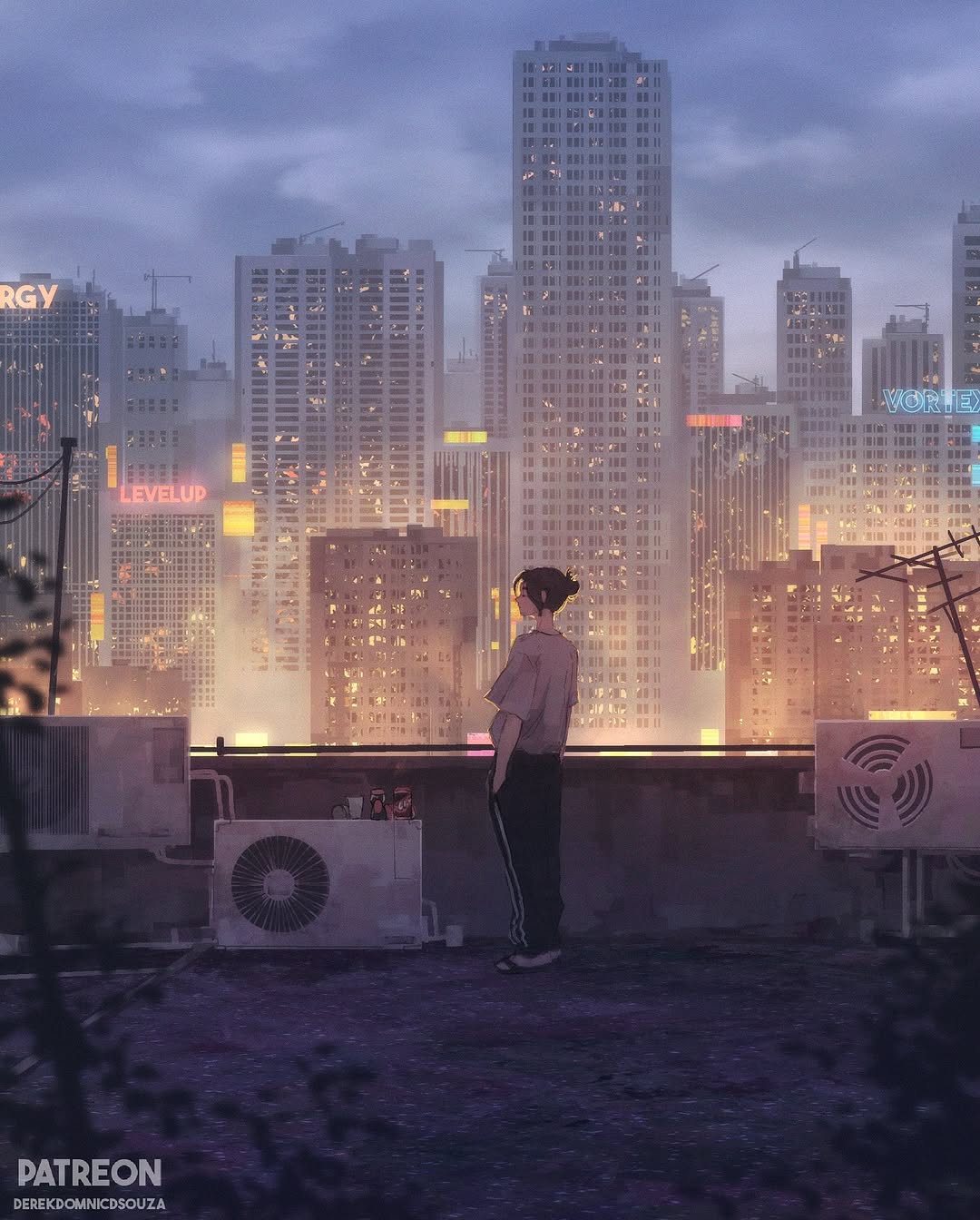
source @derekdomnicdsouza
Cityscapes are an exciting way to practice perspective and architectural drawing, allowing you to experiment with depth, scale, and intricate details. Whether you choose to sketch a sprawling urban skyline or a cozy European alleyway, cityscapes provide endless inspiration. Capturing reflections in windows, the texture of brick walls, or the glow of streetlights at night adds life to your drawing. Using fine liners for crisp lines and graphite pencils for shading can help bring out the depth and realism of the scene. A good ruler and perspective grid can assist in keeping your structures proportional and visually accurate. If you’re up for a challenge, try adding movement by incorporating people, vehicles, or bustling street markets to breathe even more life into your cityscape.
9. A Floral Arrangement
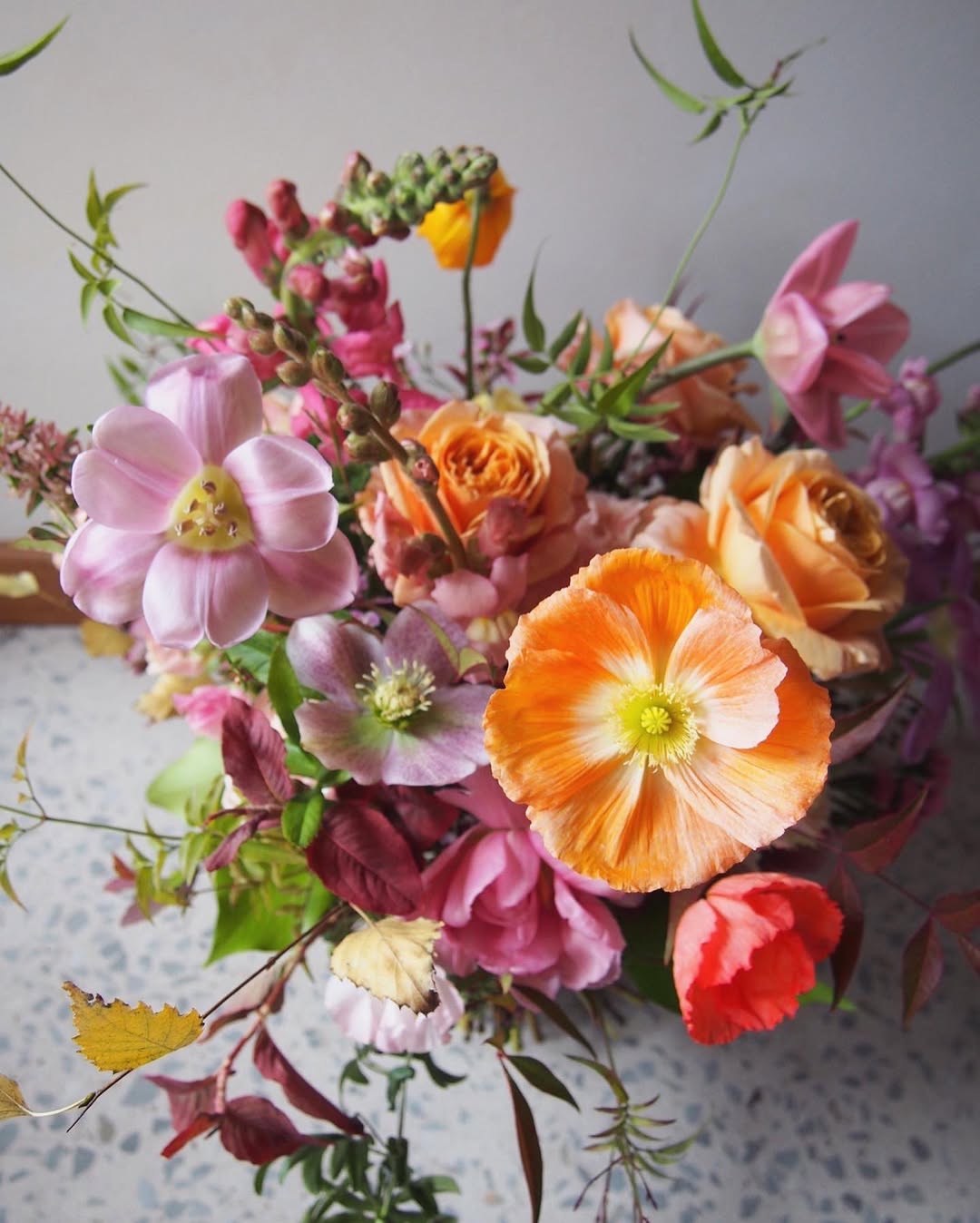
source @theroseandradish
Flowers are timeless subjects for artists, offering a delicate balance of structure and free-flowing organic shapes. Roses, tulips, sunflowers, and cherry blossoms each have their own unique petal formations and shading patterns that test an artist’s ability to capture natural beauty. Drawing a floral arrangement helps improve precision, patience, and attention to detail. For a soft, dreamy effect, colored pencils or watercolor paints can enhance the richness of petals and leaves. If you want to challenge yourself further, experiment with different compositions, from a single bloom to a sprawling bouquet with intricate vines and leaves intertwining in a beautiful dance of nature.
10. Mythical Creatures
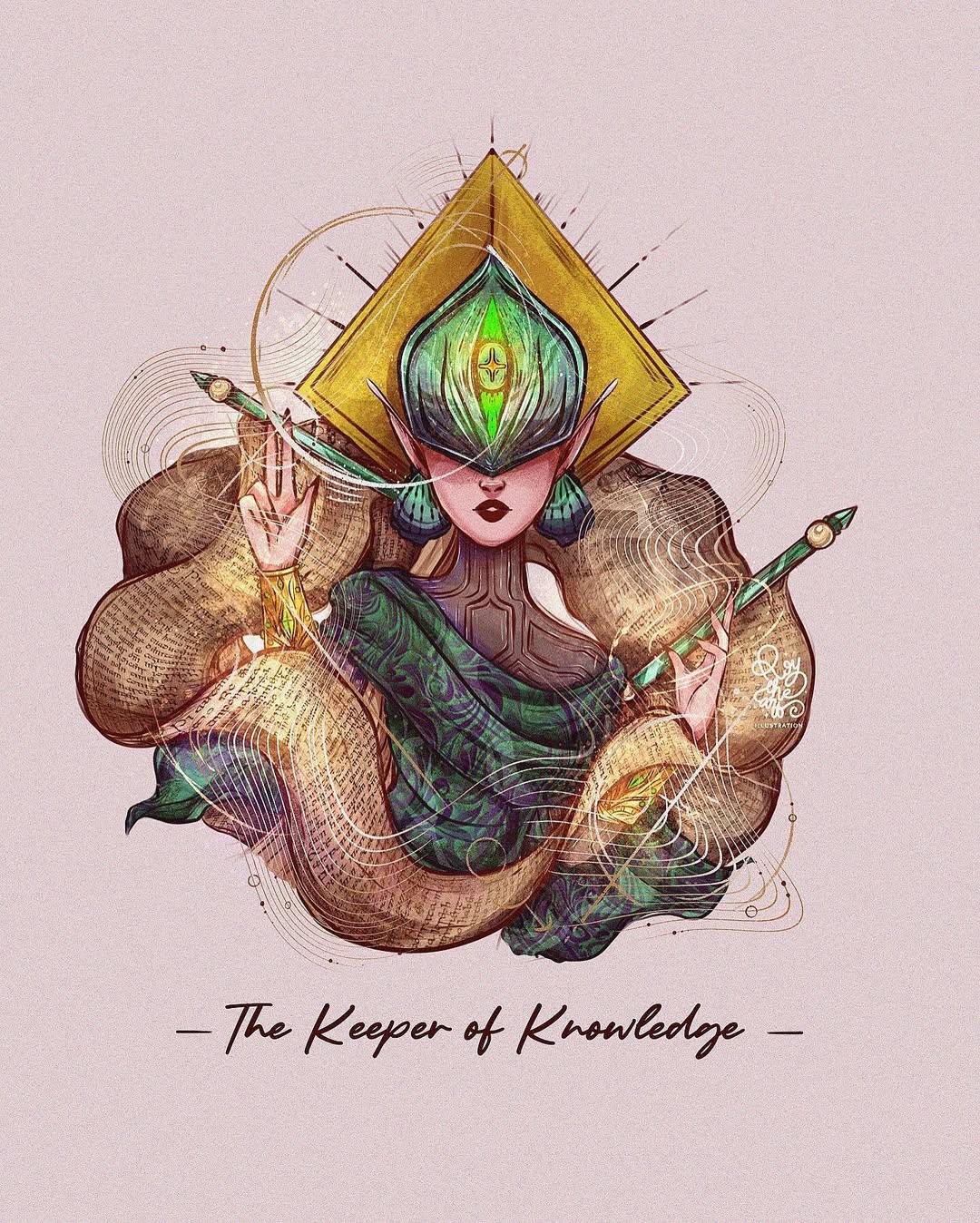
source @roytheart_
From dragons to unicorns, mythical creatures allow for boundless creativity and imagination. Unlike drawing real animals, where anatomy must be precise, fantasy creatures let you mix and match elements to create something entirely new. Imagine designing a phoenix with blazing feathers, a mermaid with detailed scales shimmering in the moonlight, or a griffin with fierce, regal wings. Combining elements of different animals can lead to fascinating new hybrids, like a wolf with butterfly wings or a cat with glowing antlers. This type of drawing is a great way to explore storytelling through art, as each creature can have its own mythology, personality, and world to inhabit.
11. A Dreamy Watercolor Portrait
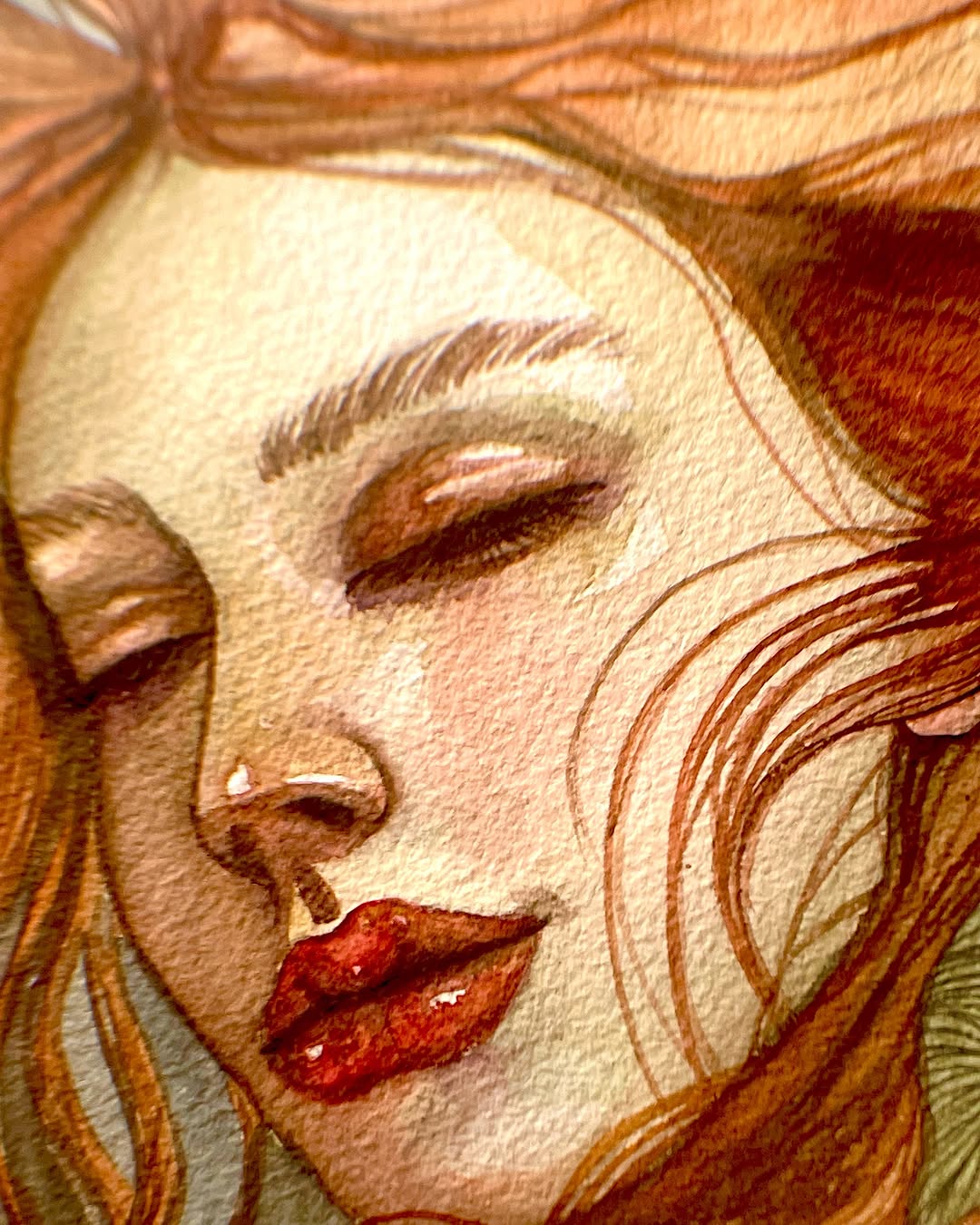
source @watercolorsofmidnight
Watercolor portraits have a soft, ethereal quality that makes them feel almost otherworldly. Unlike traditional graphite or ink sketches, watercolor paints blend effortlessly to create smooth transitions of color, making them perfect for capturing emotions and depth in facial expressions. This technique requires a delicate balance between control and spontaneity—allowing the paint to flow naturally while still shaping the features with subtle layering. To achieve a dreamy effect, experiment with muted tones, abstract splashes, or even galaxy-inspired backgrounds. A set of high-quality watercolor brushes and a thick, textured paper will help ensure that the colors flow beautifully without warping the surface.
12. Silhouette Art with a Twist
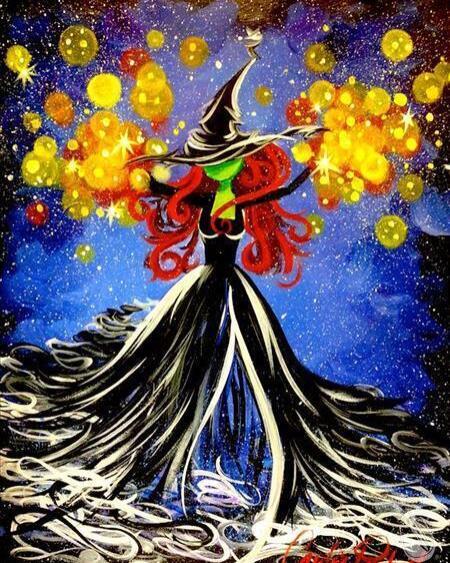
source @pwathamptonva
Silhouettes create striking, high-contrast images by focusing on form rather than details. A common silhouette piece might feature a tree against a sunset, a couple holding hands, or a cat perched on a windowsill. But why not add a unique twist? Instead of a solid black shape, try filling your silhouette with an intricate scene—perhaps a wolf with a galaxy inside, a dancer with flowing water patterns, or a child with a miniature cityscape within their form. Playing with double exposure effects in drawing can make your silhouette pieces even more fascinating. Using black ink markers for crisp edges and white gel pens for subtle highlights can enhance the effect.
13. A Steampunk-Inspired Invention

source @sciencemuseumofvirginia
Steampunk is a genre that blends Victorian-era aesthetics with futuristic technology, creating visually stunning and intricate designs. Imagine sketching an airship powered by giant gears, a mechanical owl with glowing eyes, or a robotic hand adorned with brass and copper detailing. The beauty of steampunk art is in the details—tiny screws, elegant filigree patterns, and interconnected pipes give each piece a handcrafted, industrial feel. This type of drawing is perfect for those who love both technical precision and creativity, as it requires both mechanical accuracy and artistic imagination. Fine liners and metallic gel pens can help bring out the mechanical details and give your inventions a polished look.
14. A Scene from Your Favorite Book
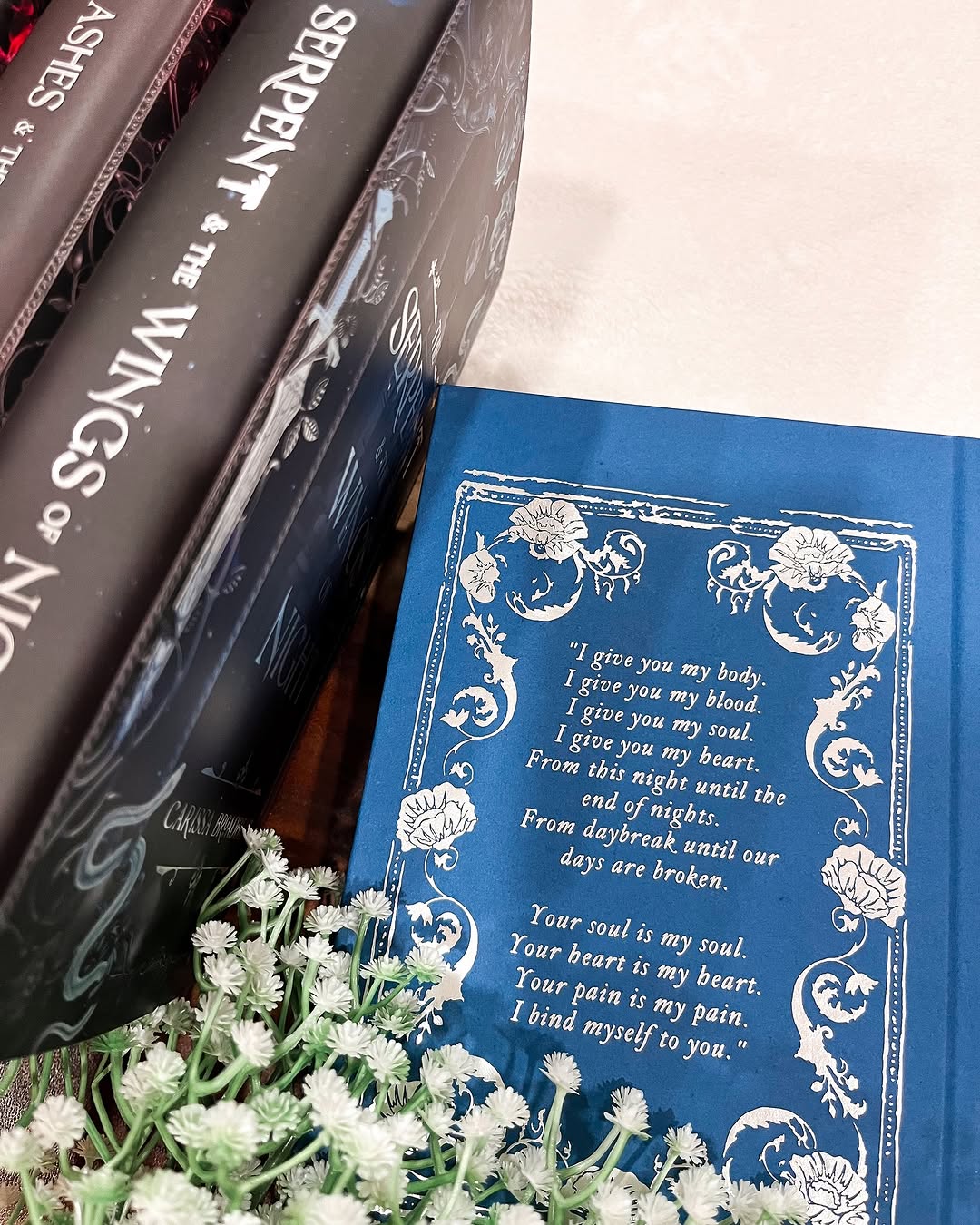
source @lilyandthepages
Bringing literature to life through art is a wonderful way to merge storytelling with visual creativity. Whether you want to illustrate the grandeur of Hogwarts, the mysterious forests of Middle-earth, or the whimsical world of Wonderland, books provide endless inspiration for drawing. Instead of directly copying existing interpretations, try reimagining the scene in your own unique style. Perhaps you draw Harry Potter in a futuristic setting, or you reimagine Alice in Wonderland with a darker, gothic aesthetic. Using a mix of ink and watercolor can help create a dreamlike, storybook quality, making the illustration feel like a page from an ancient manuscript.
15. A Majestic Mountain View

source @tourismjasper
Mountains offer a stunning subject for those who love drawing natural landscapes. The beauty of mountains lies in their grandeur, from snow-capped peaks to misty, rolling hills fading into the distance. The key to mastering a mountain scene is understanding atmospheric perspective—the technique of making distant objects appear lighter and less detailed to create depth. Using different shading techniques, such as cross-hatching or stippling, can help add texture to rocky surfaces. If you prefer a more dramatic effect, try sketching mountains under a starry night sky or illuminated by the golden hues of a setting sun.
16. A Vintage Aesthetic Piece
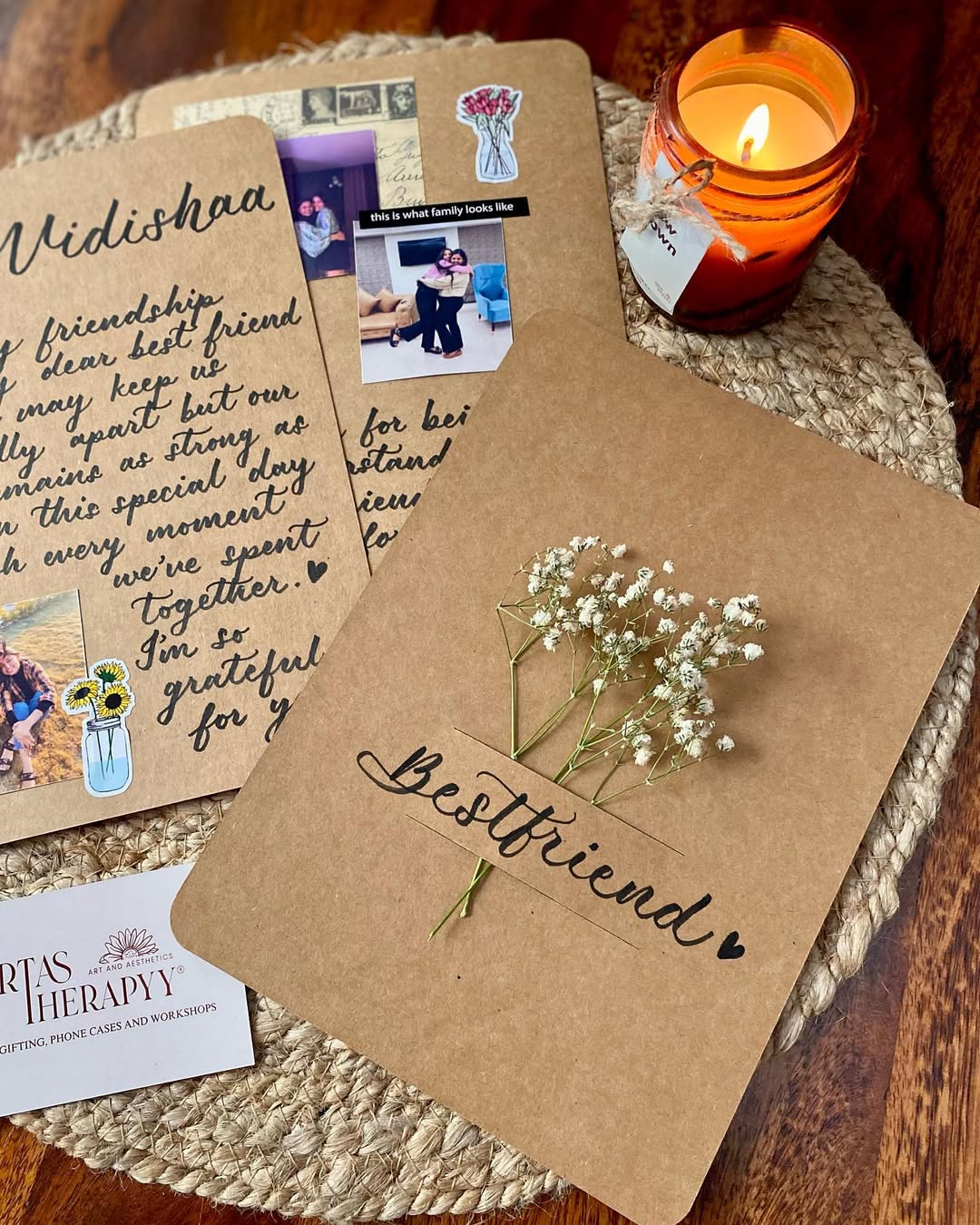
source @artastherapyy
Vintage-inspired drawings have a nostalgic charm that can transport viewers to another era. Whether it’s a 1920s flapper girl, a classic car from the 1950s, or a Victorian-style pocket watch, vintage subjects are filled with intricate details and unique fashion elements. This type of drawing allows you to experiment with old-school typography, ornate patterns, and faded sepia tones to enhance the aged look. Using ink pens for fine detailing and shading can give the artwork an authentic, timeless feel. You can also incorporate a collage-style approach, mixing handwritten elements with delicate floral borders for an antique postcard effect.
17. Anime-Inspired Character Design

source @nekozero.art
Anime and manga-style drawings have captivated audiences worldwide, known for their expressive characters, dynamic poses, and bold linework. Designing your own anime character is a fun way to experiment with stylized proportions, facial expressions, and unique fashion choices. Whether you prefer drawing chibi characters, detailed shōnen warriors, or elegant shōjo heroines, anime art allows for a great deal of creative freedom. Copic markers or alcohol-based markers work wonderfully for vibrant coloring, while fine liners help create clean, crisp outlines. If you’re new to anime drawing, start by studying the proportions of different character styles and gradually build up to more complex designs.
18. A Still-Life Composition
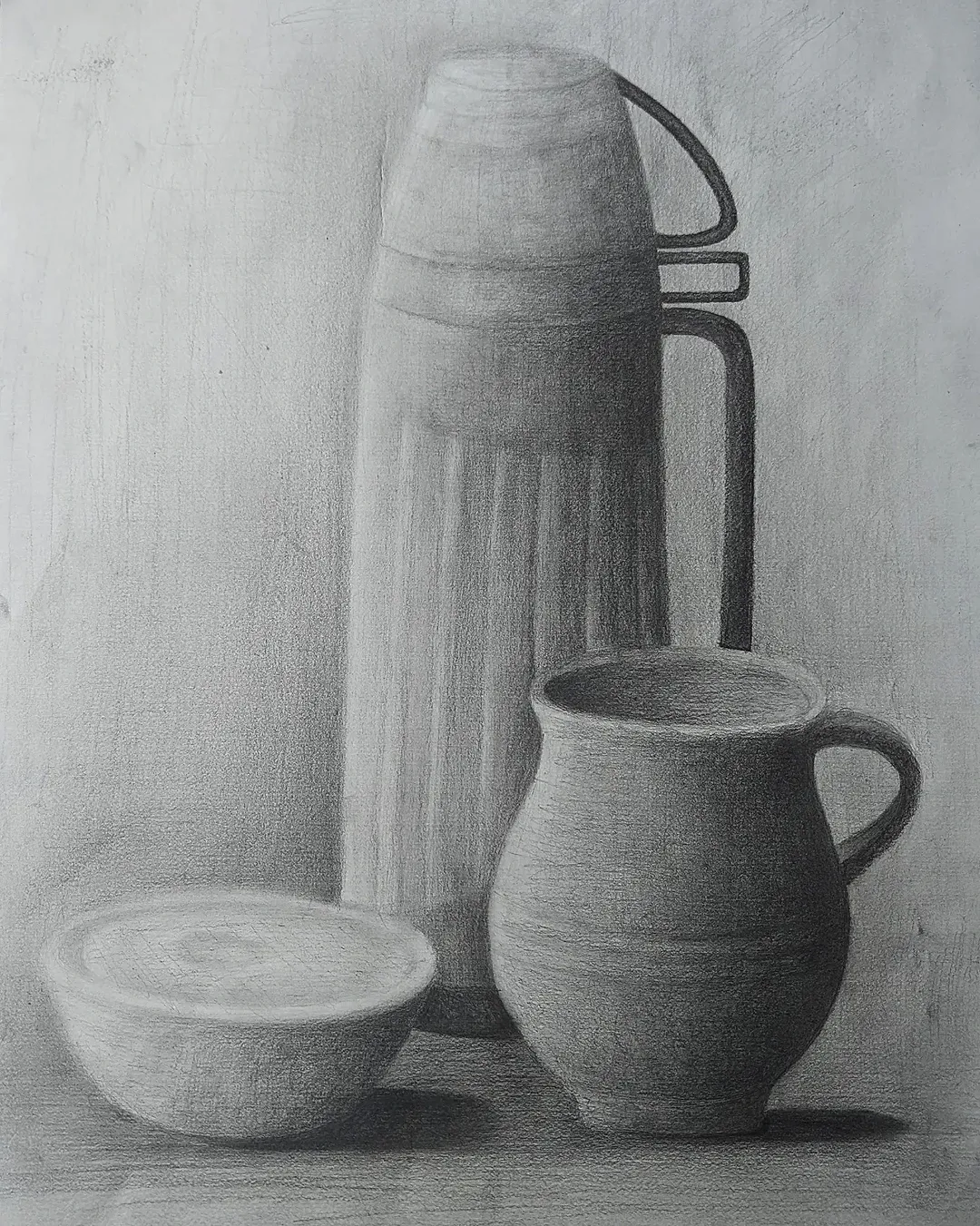
source @mistmeister_arts
Still-life drawing is a fundamental exercise that helps improve observation skills, shading techniques, and composition balance. A simple arrangement of objects—such as a bowl of fruit, a stack of books, or a collection of vintage teacups—can become a stunning piece of art when drawn with attention to lighting and texture. The challenge in still-life drawing comes from capturing the subtleties of light reflection, shadows, and intricate surface details. Experimenting with different materials, such as charcoal for deep contrast or colored pencils for a soft, realistic touch, can enhance the richness of your drawing.
19. A Stunning Mandala
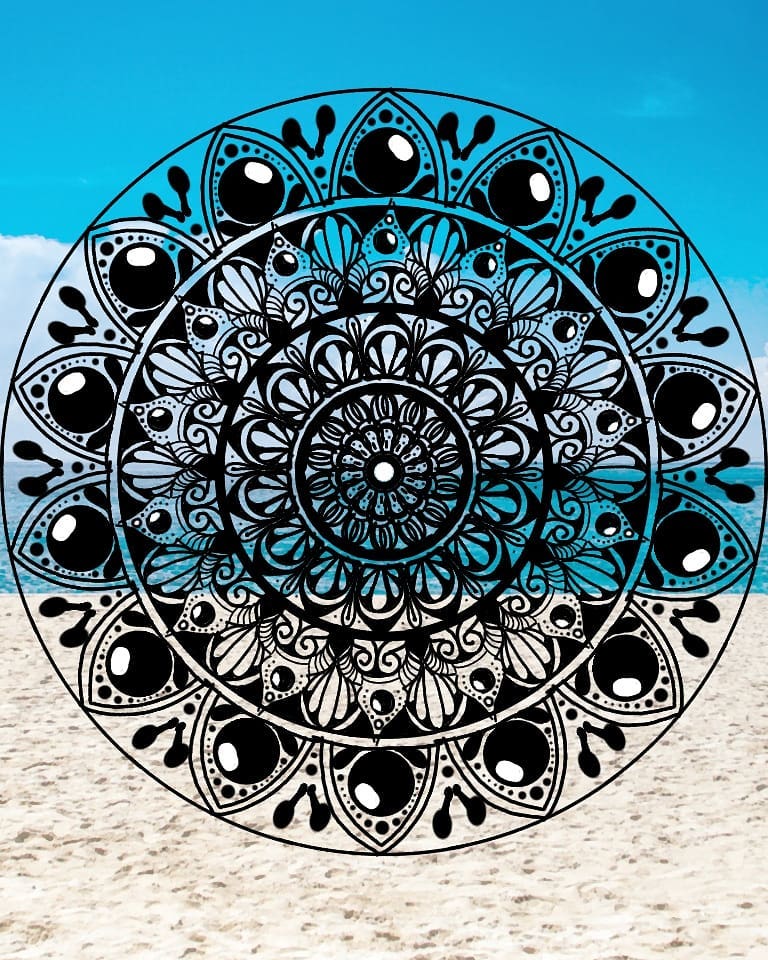
source @art_wali_ladki
Mandalas are intricate, symmetrical designs that not only look stunning but also serve as a meditative drawing practice. Creating a mandala requires patience and precision, as the patterns radiate from a central point in a harmonious, geometric flow. Artists often use compasses and rulers to keep their mandalas balanced, but freehand drawing allows for a more organic feel. Using fine-tip pens for detailing and colored pencils for shading can add a mesmerizing effect. Whether you prefer simple designs or complex, multi-layered mandalas, this type of art can be a soothing and rewarding creative process.
20. A Personal Vision Board Illustration
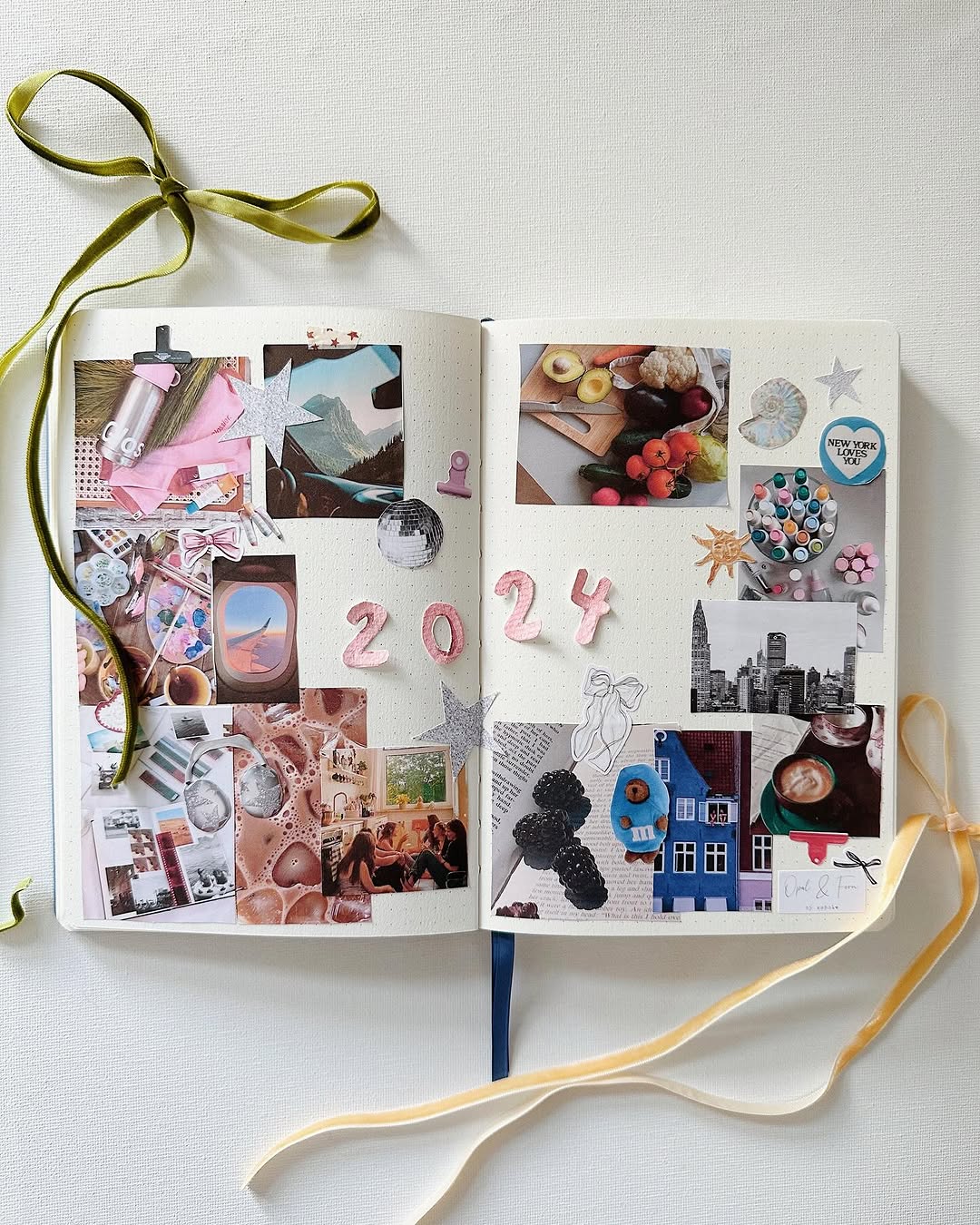
source @opalandfern
A vision board is typically a collage of images representing personal goals and aspirations, but why not turn it into an illustrated masterpiece? Instead of cutting out magazine pictures, you can hand-draw symbols of your dreams—a house, a travel destination, a dream career, or personal growth elements like books and motivational quotes. This personalized approach makes the vision board even more meaningful and reflective of your unique style. Using colorful markers, mixed media elements, and calligraphy can bring your vision to life in a beautiful and inspiring way.



